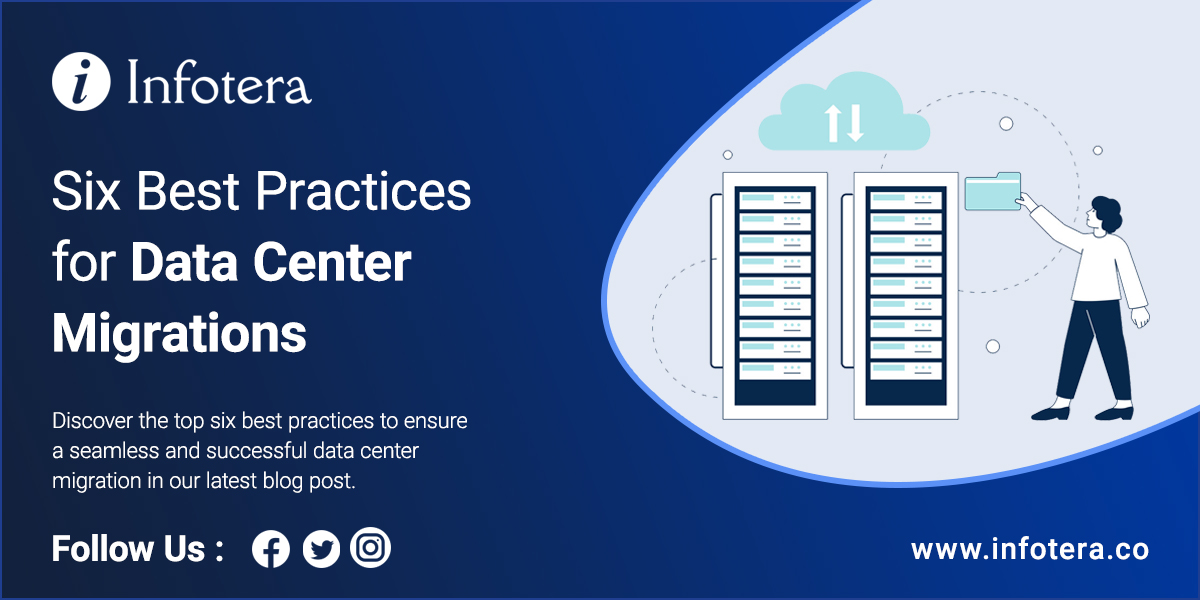Organizations migrating to the cloud face a variety of challenges, including data consistency and privacy concerns. Cloud deployments must also consider costs, performance and governance requirements.
Before embarking on any cloud journey, IT decision-makers should carefully evaluate their current systems and applications, pinpoint areas that need improvement or could benefit from the scalability of cloud services, and create a long-term strategy that aligns with their business objectives.
It’s also important to ensure the cloud environment is equipped to handle mission-critical workloads and meet stringent security requirements. An effective hybrid cloud strategy should include multi-cloud, multi-region deployment capabilities, data portability and disaster recovery planning for maximum redundancy and business continuity.
Finally, organizations should partner with a trusted provider that offers expertise in all aspects of cloud migration and deployment to ensure the transition is successful. The right managed services provider can help develop a secure and scalable hybrid cloud architecture that meets an organization’s specific needs. Understanding best practices for cloud migration and leveraging experienced guidance can help make the process smoother and more efficient.
Choose what workloads to move and when to move them
Organizations should evaluate their workloads and identify which are best suited for the cloud. All applications should be assessed on a case-by-case basis to determine if it makes sense to move them to the cloud or keep them on-premises. It’s also important to consider the timing of data migrations, as some may require more time or preparation than others.
Create an efficient disaster recovery plan
Organizations must develop a comprehensive disaster recovery plan that includes strategies for responding to system outages and data loss scenarios. The plan should be tested on a regular basis to ensure it is effective in the event of an emergency. Additionally, organizations should consider incorporating backup and recovery services into the cloud infrastructure to ensure data is protected from potential threats.
Understand regulatory requirements
Organizations should be aware of any industry or government regulations that their workloads must adhere to prior to beginning a cloud migration. Understanding these requirements is essential for ensuring compliance with applicable laws throughout the transition process and beyond.
Ensure data consistency
Organizations must be aware of the amount of time and resources it will take to move large amounts of data to the cloud. To ensure data consistency, organizations should consider using a proven data migration tool that is capable of securely moving large amounts of data quickly and accurately.
Develop a strategy for cost optimization
Organizations should develop a plan for cost optimization and continually monitor cloud usage to ensure costs remain low. To optimize cloud spending, organizations can look into using specialized tools such as Reserved Instances (RIs) and Spot Instances that allow them to purchase compute capacity at discounted prices.
Take advantage of edge services to optimize deployment speed and costs
Edge services enable organizations to deploy applications and data closer to the end user or IoT device, which can significantly reduce latency and improve performance. Additionally, using edge services allows organizations to avoid deploying on expensive cloud infrastructure and take advantage of cheaper local computing resources.
Incorporate virtual networking technologies
Organizations should incorporate virtual networking technologies such as software-defined networking (SDN) and network functions virtualization (NFV) into their cloud infrastructure. These technologies help improve scalability, agility and cost efficiency while reducing the need for expensive physical hardware.
Utilize bare metal servers to reduce costs
Bare metal servers are a more cost-effective option than virtualized servers and can be used to deploy applications quickly without the need for additional hardware. Organizations should consider leveraging bare metal servers when migrating workloads to the cloud in order to reduce costs and speed up deployment times.
By following these best practices, organizations can ensure their data center migration is successful and cost-effective. Taking

